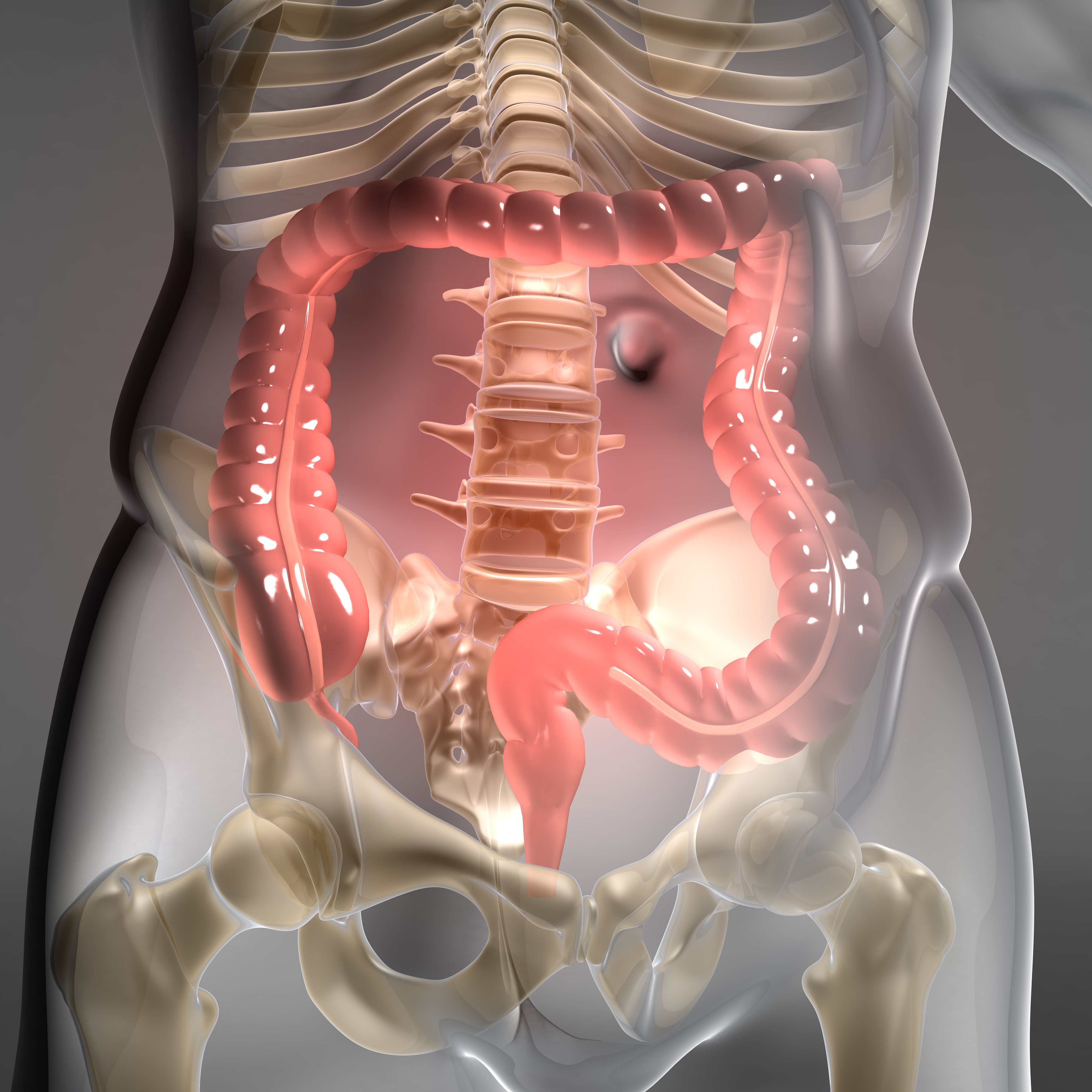Real-World Data Show Poor Outcomes in BRAF V600E-Mutant Metastatic CRC
Synchronous metastatic status does not appear to affect survival among patients with resected BRAF V600E-mutated metastatic colorectal cancer.
"Real-world data confirm that patients with BRAF-V600E mutant [metastatic] CRC have poor clinical outcomes," according to the study authors.

Having BRAF V600E-mutant metastatic colorectal cancer (CRC) conferred poor clinical outcomes among patients undergoing systemic therapy in a real-world setting, according to findings from a retrospective observational study presented in a poster session at the 2025 ASCO Gastrointestinal Cancer Symposium.1
With a median follow-up of 43 months (95% CI, 29-61), 28 (57%) patients received chemotherapy, which included 14 with synchronous tumor locations and 14 with metachronous tumor locations. Data showed a median time to treatment change (TTC) of 11.5 months (95% CI, 8-17) for frontline therapy.
Investigators reported a median overall survival (OS) of 17 months (95% CI, 11-not available [NA]) across the overall population, 15 months (95% CI, 8-NA) for patients with synchronous tumors, and 18 months (95% CI, 11-NA) for those with metachronous tumors. Based on univariate analysis, factors that correlated with OS outcomes included metastasectomy (P < .001), signet ring cell histology (P = .005), ECOG performance status (P = .002), distant lymph node metastases (P = .007), peritoneal metastases (P = .012), and Charlston Comorbidity Index (P = .002).
Factors that correlated with OS per multivariate analysis included having a metastasectomy (P = .02) and an ECOG performance status of 2 (P = .005).
“Real-world data confirm that patients with BRAF-V600E mutant [metastatic] CRC have poor clinical outcomes,” Arwa Ahmed, of the Division of Medical Oncology in the Department of Medicine at the University of Ottawa, wrote with study coauthors.1 “Our analysis suggests that synchronous metastatic status did not seem to impact survival of [patients with] BRAF-V600E mutant [metastatic] CRC with resected primary tumor. Future analysis will assess the impact of mismatch repair [MMR] and microsatellite instability [MSI] on these findings.”
According to the study authors, approximately 20% of patients with CRC present with metastatic disease requiring management with systemic therapy,2 and the median OS of patients who receive systemic treatment exceeds 30 months.3 Additionally, because BRAF V600E-mutant disease confers a worse prognosis, investigators aimed to assess if metastatic status synchronous tumors or metachronous tumors could predict survival in patients with resected BRAF V600E-mutated metastatic CRC before the time in which BRAF and EGFR inhibitors became more prominent in the field.
Investigators of this retrospective observational study assessed adult patients with advanced BRAF V600E-mutant metastatic CRC who underwent treatment prior to March 31, 2021, at the Ottawa Hospital Cancer Centre. The main end points were OS and TTC, which served as a surrogate for progression-free survival.
Data collection involved the use of electronic medical records, with investigators analyzing information via RED CAP. Additionally, survival outcomes were determined via Kaplan Meier curves, and univariate analyses were conducted with proportional Cox modelling.
Overall, investigators identified 71 patients with BRAF V600E-mutant metastatic CRC. Of these patients, 49 had their primary tumors resected.
The median age of patients with resected tumors was 69 years at diagnosis and 72 years at the time of metastatic disease diagnosis. Most patients were female (53%). Additionally, a majority of patients had an ECOG performance status of 1 (47%) followed by 0 (35%), 2 (12%), and 3 (6.1%).
Most patients in the analysis had a Charlston score of less than 5 (90%) and lived inside a metropolitan area (61%). Regarding histology, most patients had adenocarcinoma (69%) followed by mucinous adenocarcinoma (27%) and signet-ring cell carcinoma (4.1%). Most patients had poorly differentiated disease (48%) and stage IV tumors (41%). Data showed that 51% of patients received adjuvant chemotherapy and that most had MMR proficient tumors (39%).
References
- Ahmed AA, Marginean H, Alghamdi A, et al. Impact of synchronous vs metachronous primary tumor resection on prognosis of BRAF-V600E mutant metastatic colorectal cancer (mCRC). J Clin Oncol. 2025;43(suppl 4):304. doi:10.1200/JCO.2025.43.4_suppl.304
- Ferlay J, Steliarova-Foucher E, Lortet-Tieulent J, et al. Cancer incidence and mortality patterns in Europe: estimates for 40 countries in 2012. Eur J Cancer. 2013;49(6):1374-403. doi:10.1016/j.ejca.2012.12.027.
- Hamers PAH, Elferink MAG, Stellato RK, et al. Informing metastatic colorectal cancer patients by quantifying multiple scenarios for survival time based on real-life data. Int J Cancer. 2021;148(2):296-306. doi:10.1002/ijc.33200.
Newsletter
Stay up to date on recent advances in the multidisciplinary approach to cancer.